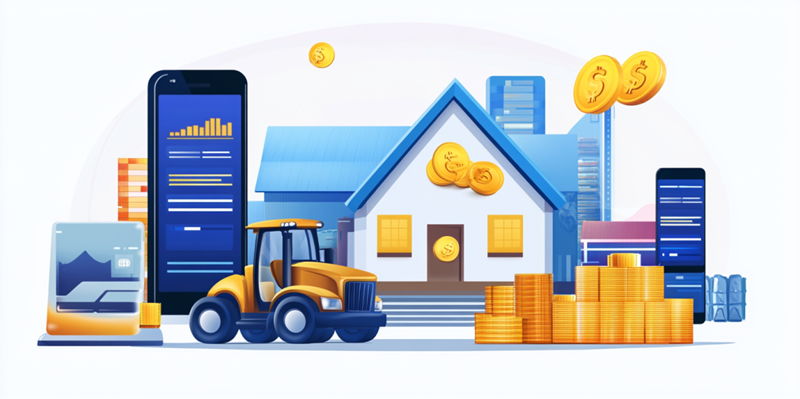Imagine a world where farmers no longer need to travel long distances to visit a bank or wait for business hours to manage their finances. Traditionally, the agriculture sector has relied heavily on personal relationships, with financial transactions often conducted face-to-face. However, there is a growing shift toward digital lending in response to evolving farmer expectations and the demand for more flexibility, convenience, and efficiency.
The Balance Between Traditional and Digital Services
A key theme of the current landscape is balancing the need for maintaining traditional relationship-based interactions with incorporating digital services. Farmers still value the trust and personal connection with their lenders but also desire the convenience that digital tools provide. Compeer Financial’s Director of Ag Tech, Kelly Miller, emphasizes the hybrid nature of modern ag finance, where clients can choose between in-person or digital interactions based on their preferences.
Factors Driving the Shift to Digital Financing
Several factors are propelling the move towards digital financing in agriculture. Farmers nowadays expect financial services to be accessible 24/7, accommodating their irregular schedules influenced by weather and crop cycles. Digital solutions allow business to be conducted at any time, not confined to standard business hours. Additionally, there is an increasing desire for the simplicity and ease of use reminiscent of consumer digital solutions like Apple Pay and Venmo.
Benefits of Digital Financing for Farmers
Digital financing offers numerous benefits that address the unique challenges faced by farmers. One of the most significant advantages is the 24/7 Availability, allowing farmers to apply for loans, make payments, or check accounts at their convenience, providing considerable flexibility. Another key benefit is the Reduced Travel Needs; digital transactions can be conducted from home or the field, saving time and reducing costs, especially for those in remote areas. The Efficiency aspect cannot be overlooked either, as digital tools streamline financial management tasks, enabling farmers to focus more on their core operations. Additionally, Streamlined Transactions come into play through collaborations with local ag entities like retailers and co-ops, providing financial support at critical operational points.
Importance of Partnerships and Further Growth
Kelly Miller underscores the importance of partnerships at local points of sale for the success of digital financing, illustrating the practical implementation of these solutions. The article anticipates that digital financing in agriculture will continue to expand as trust in these methods increases. Farmers have transitioned from initial small-scale transactions to more substantial loans over the years, highlighting the reliability and convenience of digital options. This gradual adoption underscores the increasing acceptance and integration of digital financing in agriculture.
Conclusion
Imagine a world where farmers no longer need to travel extensive distances to visit a bank or wait for business hours to handle their financial matters. Traditionally, agriculture has heavily depended on personal relationships, with most financial transactions conducted face-to-face. However, there’s a significant shift towards digital lending as farmers’ expectations evolve, driven by the desire for more flexibility, convenience, and efficiency. This transformation allows farmers to access financial services without leaving their farms, thereby saving time and resources. Digital lending platforms offer 24/7 access, enabling farmers to apply for loans, manage accounts, and make transactions anytime and from anywhere. Moreover, it opens up opportunities for better financial inclusion, especially for those in remote or underserved regions where banking infrastructure is limited. As technology continues to advance, it is crucial for the agriculture sector to embrace these digital solutions to meet the modern demands of farmers, ensuring that they are equipped to thrive in an increasingly digital economy.

